Baekjehyang (백제향)
17.1Km 5413 2020-09-19
17, Sabi-ro 30beon-gil, Buyeo-gun, Chungcheongnam-do
+82-41-836-8729
Baekjehyang is a café serving yeonkkot bbang (lotus bread) and traditional tea which transformed from the Korean restaurant that specialized in yeonnip bap (streamed rice wrapped in a lotus / leaf). Located on the way to Gungnamji Pond, Baekjehyang provide fresh yeonkkot bbang made daily as well as other lotus related food including yeonnip shake (lotus leaf shake), yeonnip cookies and more.
Historic Site of General Gyebaek (계백장군 유적지)
17.3Km 8628 2020-06-18
Sinpung-ri, Nonsan-si, Chungcheongnam-do
+82-41-746-8431
Gyebaek (? - 660) was a general in the ancient Korean kingdom of Baekje. This historic site is not far from Hwangsanbeol, the last battlefield of General Gyebaek who fell defending Baekje at the end of its days. Allied troops from Silla and Tang attacked Tanhyeon and Baekgang, strategic sites held by Baekje, in 660 (the 20th year of King Uija’s reign).
General Gyebaek and his 5,000 soldiers fought against General Kim Yu-sin and his 50,000 soldiers. General Gyebaek successfully defeated the allied troops four times, but was ultimately unable to overcome the insurmountable numbers brought to bear by his foe. The Baekje army was finally defeated, and the last general of Baekje, Gyebaek, died in the battle.
Jeongnimsaji Museum (정림사지박물관)
17.4Km 15362 2020-12-11
83, Jeongnim-ro, Buyeo-gun, Chungcheongnam-do
+82-41-832-2721
Jeongnimsaji Museum is located in Buyeo, the last capital of Baekje, where the Baekje culture flourished for the 123-year-long “Sabi Era.” The museum was established on the building site of Jeongnimsa Temple, which was a symbolic meeting place for royalty and a center for politics based on Buddhist morals.
The museum highlights the Buddhist culture of Baekje, said to be the origin of Buddhism in Korea and Japan, and Jeongnimsa Temple, known as the culmination of Baekje Buddhism. The museum also seeks to emphasize the advanced technology of Baekje and reenact the Sabi Era using an interactive approach that relies heavily on videos, panels, replicas, and hands-on programs. Main attractions at the museum include the Jeongnimsa Temple Site (Historic Site No. 301), the five-story stone pagoda of Jeongnimsa Temple (National Treasure No. 9) and the seated stone Buddha (Treasure No. 108).
Five-story Stone Pagoda at Jeongnimsa Temple Site [UNESCO World Heritage] (부여 정림사지 오층석탑 [유네스코 세계문화유산])
17.5Km 19288 2021-09-04
83, Jeongnim-ro, Buyeo-gun, Chungcheongnam-do
+82-41-830-2880
This granite pagoda from the late Baekje period in Buyeo-gun, Chungcheongnam-do has been designated a National Treasure. It is generally known as the "Baekje Five-story Pagoda." As one of two remaining Baekje pagodas, this stone pagoda itself is a precious and important artifact that established the lineage of Korean stone pagoda patterns. With refined and creative features, it exemplifies the beauty and elegance that were imitated in the latter-day pagodas.
Seocheon Dalgogae Mosi Village (서천 달고개모시마을)
17.8Km 20691 2021-03-10
5, Hwahan-ro 504beon-gil, Seocheon-gun, Chungcheongnam-do
+82-41-950-6380
In Seocheon Dalgogae Mosi Village, the long-standing tradition of Hansan mosi (ramie fabric) is passed down and preserved in the hands of the village women. Hansan mosi is also called fine ramie because of the time-consuming and labor-intensive process involved. The village offers a variety of mosi-themed experience programs for visitors with the help of experienced village artisans. Programs include ramie plant harvesting and ramie fabric weaving. Visitors can also try some highly nutritious ramie rice cakes and tea.
Iksan Ssangneung (익산 쌍릉)
17.8Km 15002 2024-04-07
Seogwang-dong, Iksan-si, Jeonbuk-do
+82-63-859-5792
The Ssamgneung (Twin Tombs) in Iksan are stone chamber tombs that were unearthed during an academic excavation survey in 1917. At the time of the survey it was discovered the tombs had already been illegally excavated, most likely during the reign of King Chungsukwang of the Goryeo dynasty. Though looters had stripped the tombs of any burial accessories, the wooden coffins were found to be relatively intact.
The coffins were severely damaged in the aftermath of the Korean War, but were later restored by the Jeonju National Museum. When they were first found, the twin tombs measured 3.1 meters high and 0.5 kilometers wide, but some of the original wood was lost during the tombs’ tumultuous history and the restoration that followed. The larger of the restored tombs now measures 30 meters in diameter and 5 meters in x_height while the smaller tomb measures 24 meters in diameter and 3.5 meters in x_height. On January 21, 1963 the tombs were designated Historic Site No. 87.
The Twin Tombs are roughly 200 meters apart, with the tomb in the east called Daewangmyo (big royal tomb) and the one in the west Sowangmyo (small royal tomb). The interiors of the tombs are done in the same style as the stone chamber tombs found in the tomb cluster of Neungsan-ri, Buyeo. Considering that the nearby Mireuksaji Temple Site was built during the reign of King Mu of Baekje dynasty, it is highly likely that the Twin Tombs are those of King Mu and his wife, Queen Seonhwa.
Buyeo Sky Banner (부여하늘날기)
17.9Km 0 2024-06-04
12 Seongwang-ro 173beon-gil, Buyeo-gun, Chuncheongnam-do
Buyeo Sky Banner is the only place that offers free-flying hot air balloon ride in Korea and was designated as one of the top ten themed travels by Korea Tourism Organization. Buyeo is a rural region considered ideal for flying hot air balloons due to its relatively low mountain terrains. The balloons fly a distance of seven to eight kilometers over the Baengmangang River, offering a bird's-eye-view of Buyeo and the Geumgang River as well as the many historical heritages from the Baekje period.
Buyeo Market & Baengmagang Moonlight Night Market (부여장 (5, 10일) / 백마강달밤야시장)
17.9Km 16665 2024-07-03
12 Seongwang-ro 173beon-gil, Buyeo-eup, Buyeo-gun, Chungcheongnam-do
Buyeo Market is a 5th-day market that opens every month on the 5th, 10th, 20th, 25th, and 30th or 31st (last day) of the month in the Gua-ri area of Buyeo-gun, Chungcheongnam-do. The market is regularly within the permanent market area spans over 9,693 ㎡. The market is visited by 2,000 customers on a daily basis and offers a wide variety of goods such as grain products, general supplies, fruits, and more. On Fridays and Saturdays, Baengmagang Moonlight Night Market takes place in the evening from 18:00 to 23:00. Visitors will find a charming stage and diverse food vendors equipped with tables and seats.
Donamseowon Confucian Academy [UNESCO World Heritage] (돈암서원 [유네스코 세계문화유산])
17.9Km 37273 2021-06-22
26-14, Im 3-gil, Nonsan-si, Chungcheongnam-do
+82-41-736-0096
Donamseowon Confucian Academy was built in 1634, originally 1.5 kilometers away from its current location. It received a royal charter in 1660 and relocated to its current location in 1880 due to flooding problems. The academy's main gate, Ipdeokmun Gate, is made up of three entrance doors. Once inside, Yangseongdang Hall can be seen facing the main gate, with Eungdodang Hall to the left. Ancestral rites take place every February and August at Jungjeong Hall. Inside the academy is a shrine that houses the ancestral tablets of four prominent scholars who taught at this institution - Kim Jang-saeng, Kim jip, Song Jun-gil, and Song Si-yeol. Among the academies that served Kim Jang-saeng and his teachings, Donamseowon is considered the most important and influencial.
National Heritage Media Art Buyeo (국가유산 미디어아트 부여)
17.9Km 0 2024-08-23
13 Buso-ro, Buyeo-eup, Buyeo-gun, Chungcheongnam-do
+82-41-837-1722
National Heritage Media Art Buyeo is a special light exhibition that tells the story of Sabi, the final capital city of the Baekje Kingdom, focusing on national hertiages from that period of time. The lighting exhibitions feature a range of different media displays that lead visitors through the history.
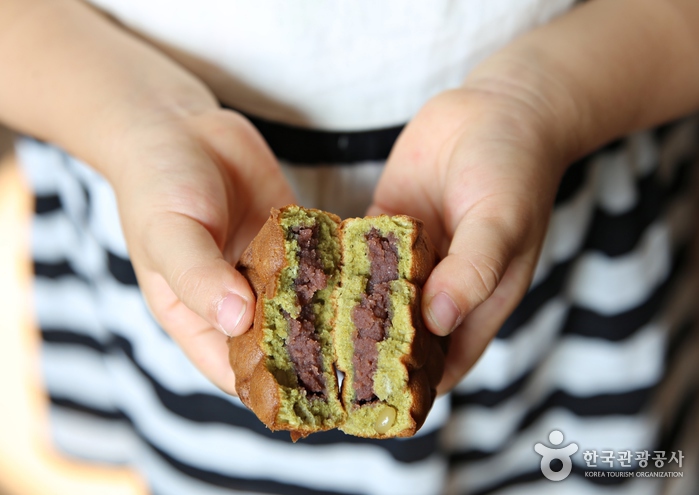
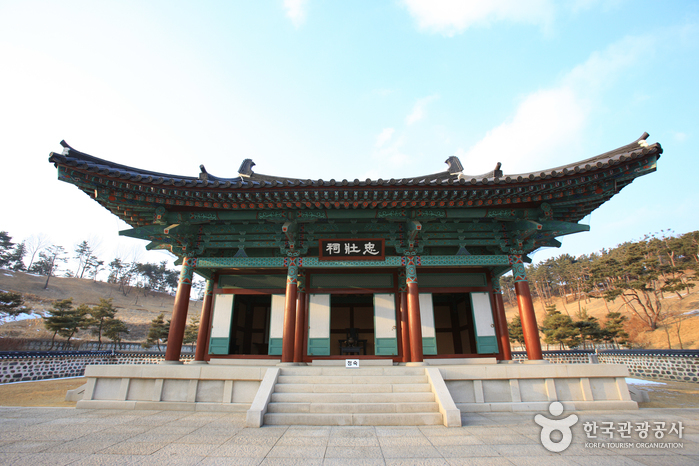
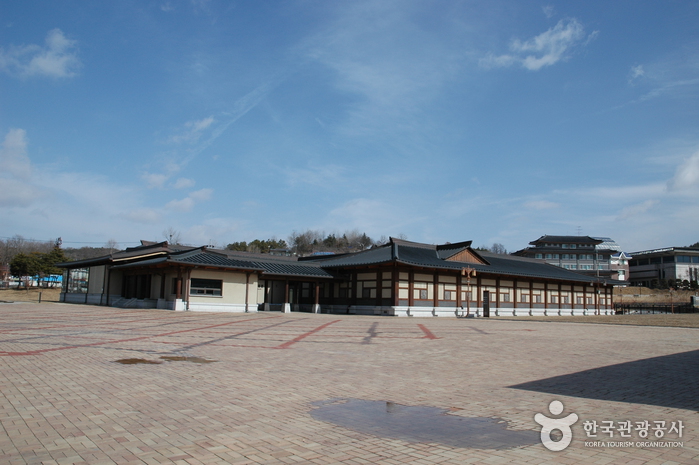
![Five-story Stone Pagoda at Jeongnimsa Temple Site [UNESCO World Heritage] (부여 정림사지 오층석탑 [유네스코 세계문화유산])](http://tong.visitkorea.or.kr/cms/resource/52/2671452_image2_1.jpg)

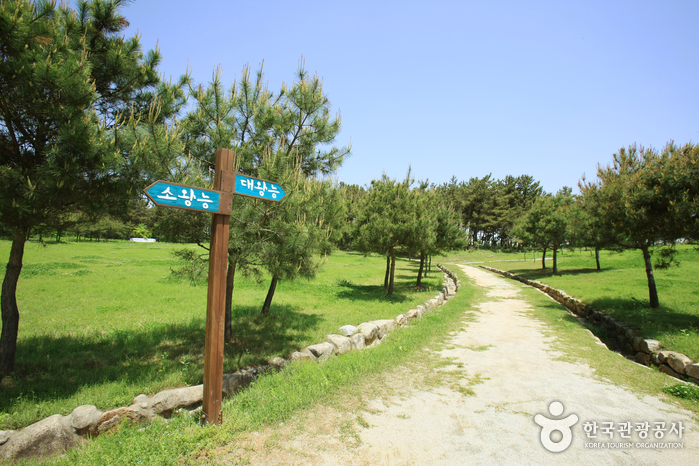
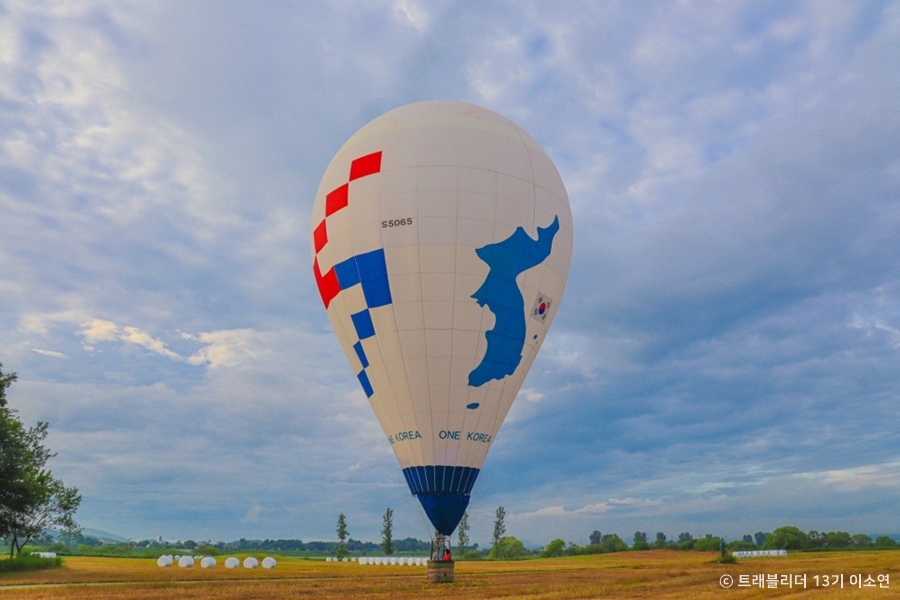
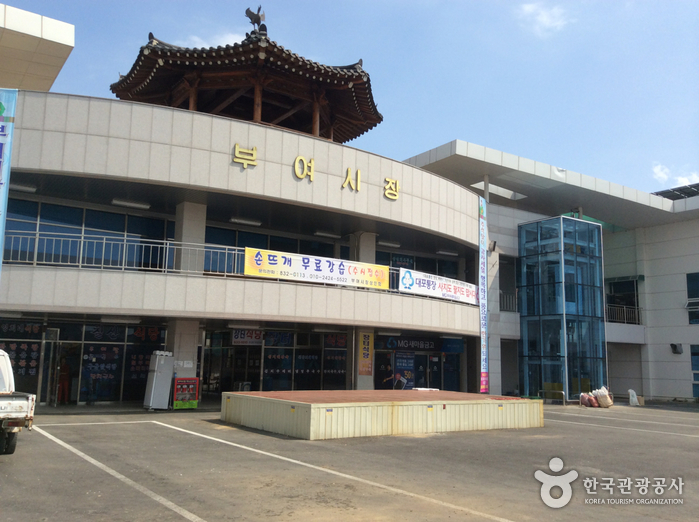
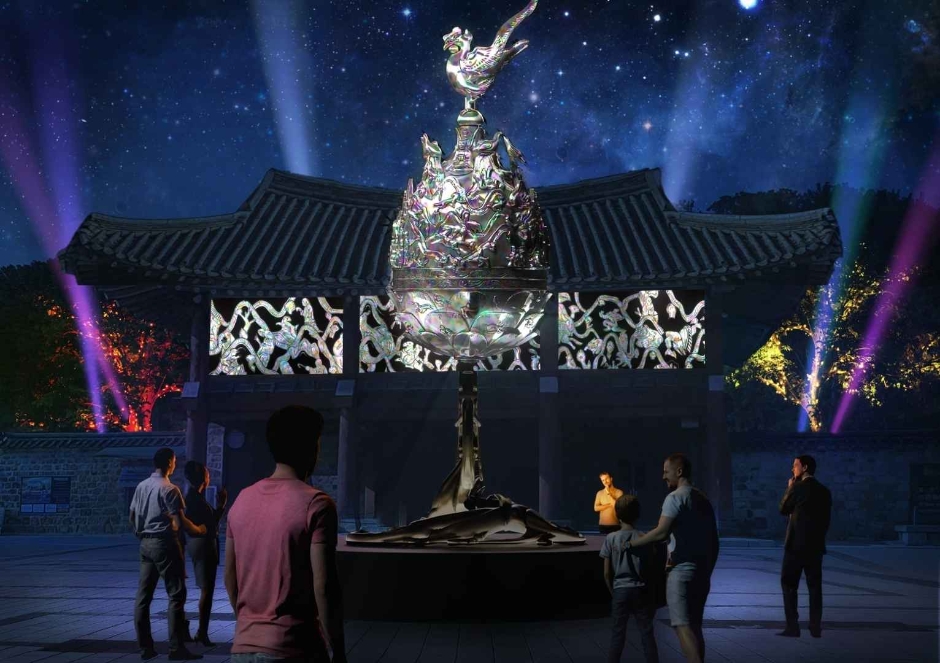
 English
English
 한국어
한국어 日本語
日本語 中文(简体)
中文(简体) Deutsch
Deutsch Français
Français Español
Español Русский
Русский